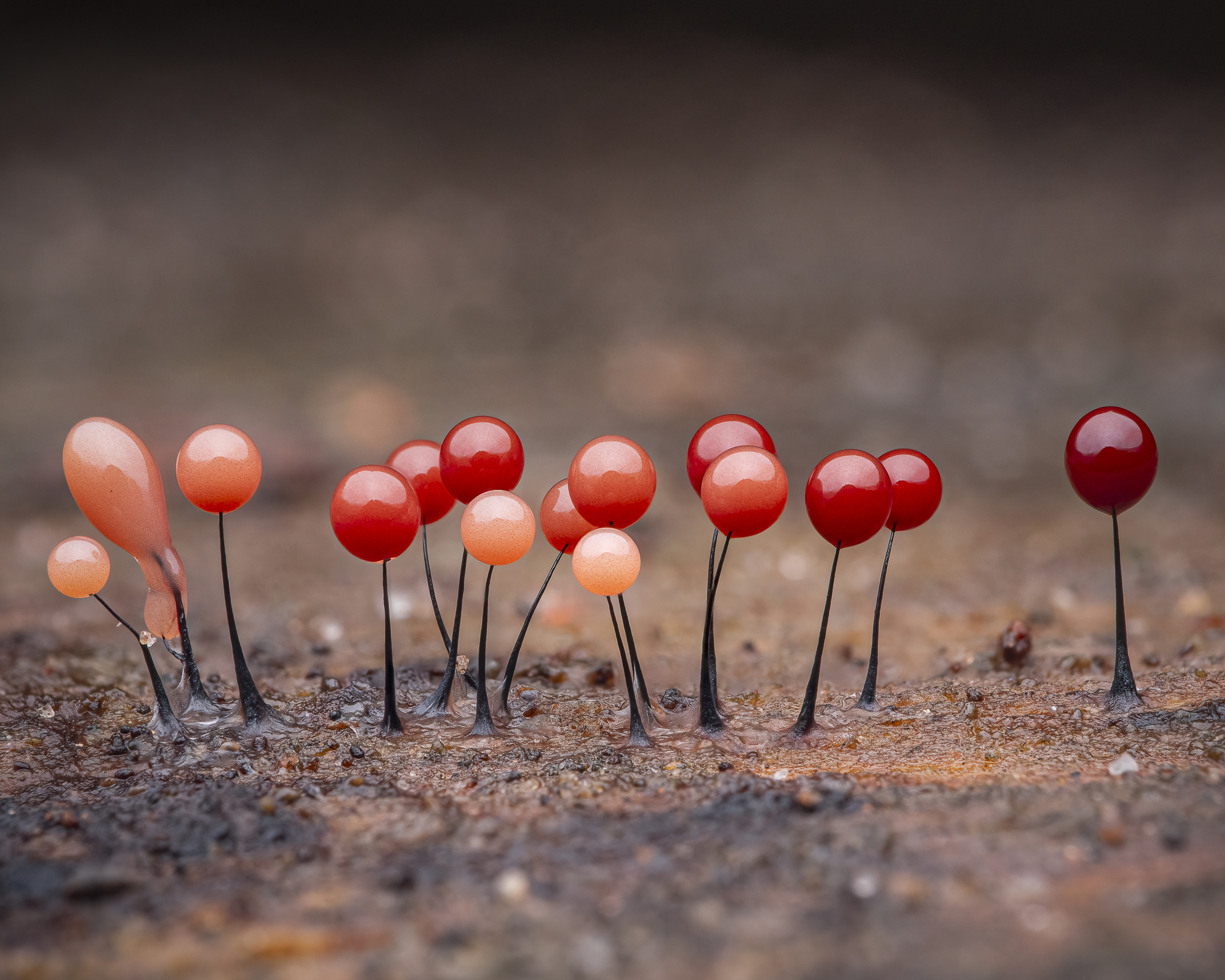|
False Puffball
''Enteridium lycoperdon'', the false puffball, is one of the more obvious species of slime mould or Myxogastria, typically seen in its reproductive phase as a white 'swelling' on standing dead trees in the spring, or on large pieces of fallen wood. Alder (''Alnus glutinosa'') is a common host. Taxonomy It was first described in 1791 by Jean Baptiste François Pierre Bulliard as ''Reticularia lycoperdon,'' but was assigned to the genus, '' Enteridium'', by Marie L. Farr in 1976. The name ''Reticularia lycoperdon'' is accepted by the taxonomic databases: Ausfungi Index Fungorum, and IRMNG. Habitats and distribution ''E. lycoperdon'' grows typically on dead alder branches, logs, and stumps in wet places beside rivers, streams and wetlands; it is also found growing on dead elm, beech, poplar, hawthorn, elder, hornbeam, damson, hazel, and pine trees often after late frosts in spring and in the autumn. It is recorded throughout Scotland, England, Wales, Ireland, Europe, and in Mex ... [...More Info...] [...Related Items...] OR: [Wikipedia] [Google] [Baidu] |
Jean Baptiste François Pierre Bulliard
Jean Baptiste François Pierre Bulliard (; 24 November 1752 in Aubepierre-sur-Aube Haute-Marne – 26 September 1793 in Paris), also known simply as Pierre Bulliard, was a French physician and botanist. Bulliard studied in Langres, where he became interested in natural history, and afterwards a position was obtained for him in the abbey in Ville-sous-la-Ferté, Clairvaux and later he moved to Paris where he study medicine. There he also practiced as a physician. He tutored the son of General :fr:Claude Dupin, Claude Dupin (1686-1769). He was an able draughtsman and also learnt to engrave. He invented a way of printing natural history plates in colour and used the method in his own publications. In 1779 he commenced a work on the poisonous plants of France. It was seized by the police on the grounds that it was a dangerous work. Bulliard's ''Dictionnaire Elémentaire de Botanique'' (1783) contributed to the spreading and consolidation of botanical terminology and the Linnaean ... [...More Info...] [...Related Items...] OR: [Wikipedia] [Google] [Baidu] |
Slime Mould
Slime mold or slime mould is an informal name given to a polyphyletic assemblage of unrelated eukaryotic organisms in the Stramenopiles, Rhizaria, Discoba, Amoebozoa and Holomycota clades. Most are near-microscopic; those in the Myxogastria form larger plasmodial slime molds visible to the naked eye. The slime mold life cycle includes a free-living single-celled stage and the formation of spores. Spores are often produced in macroscopic multicellular or multinucleate fruiting bodies that may be formed through aggregation or fusion; aggregation is driven by chemical signals called acrasins. Slime molds contribute to the decomposition of dead vegetation; some are parasitic. Most slime molds are terrestrial and free-living, typically in damp shady habitats such as in or on the surface of rotting wood. Some myxogastrians and protostelians are aquatic or semi-aquatic. The phytomyxea are parasitic, living inside their plant hosts. Geographically, slime molds are cosmop ... [...More Info...] [...Related Items...] OR: [Wikipedia] [Google] [Baidu] |

